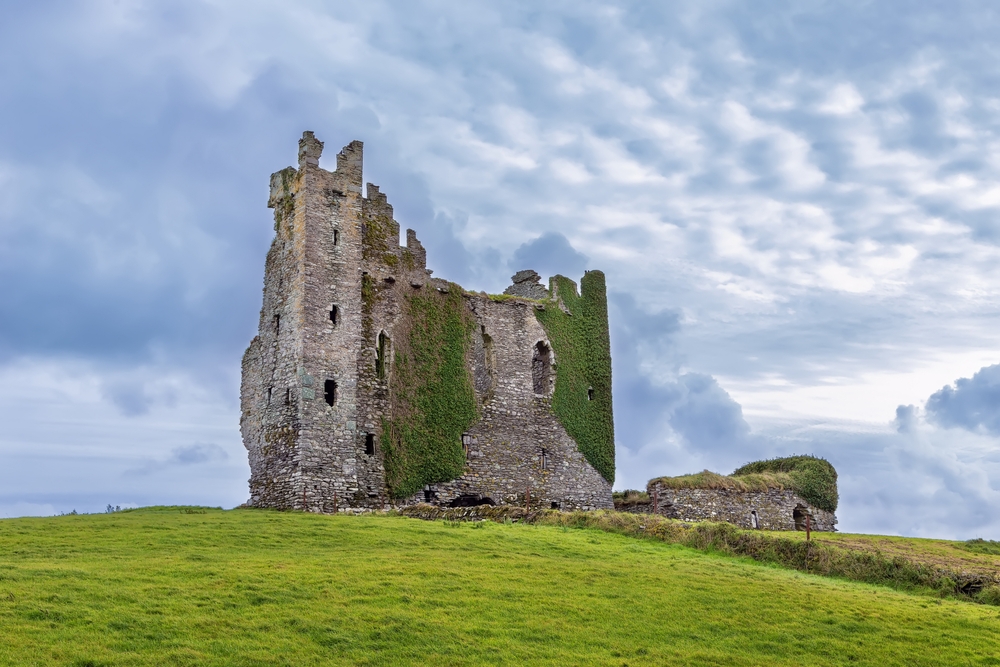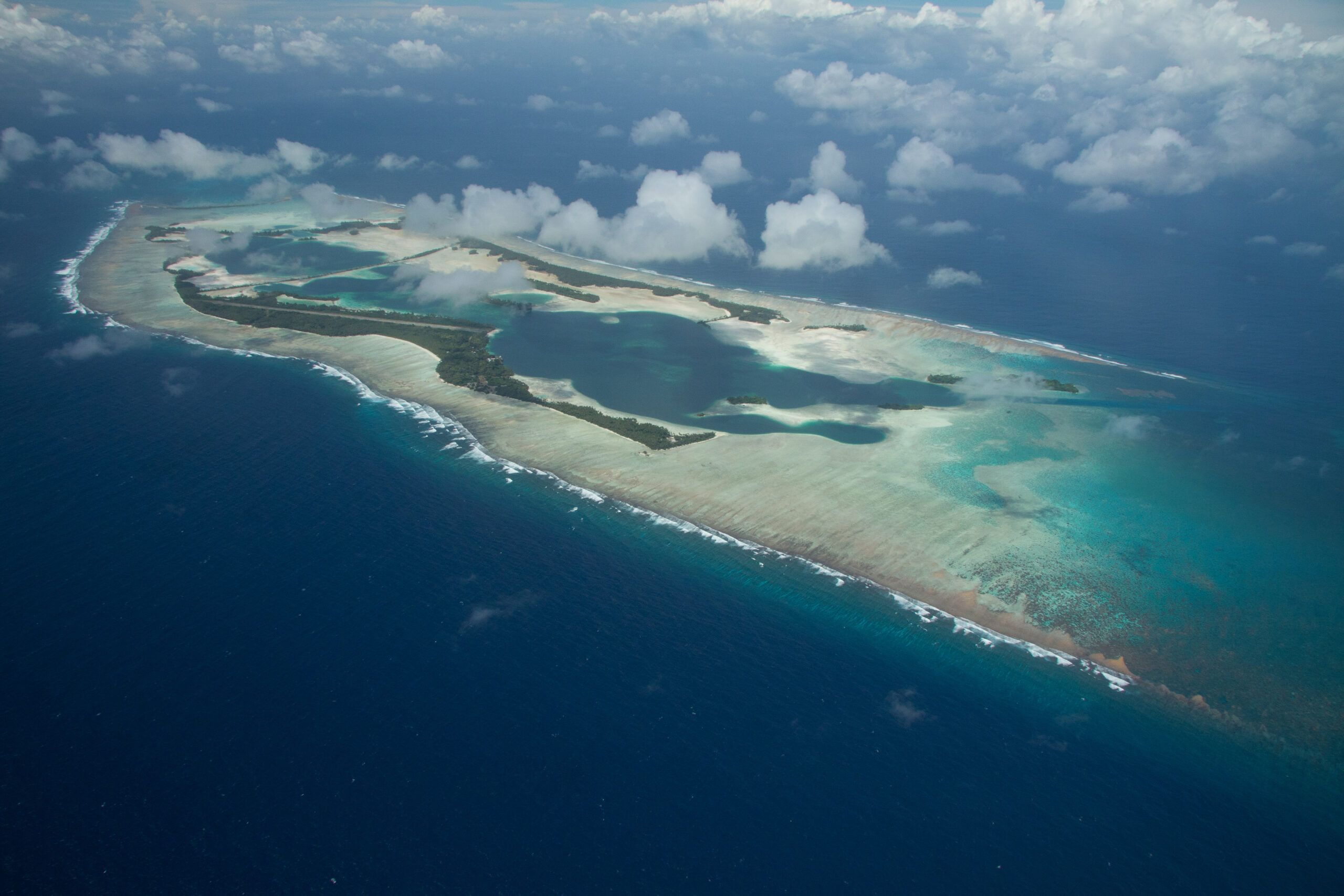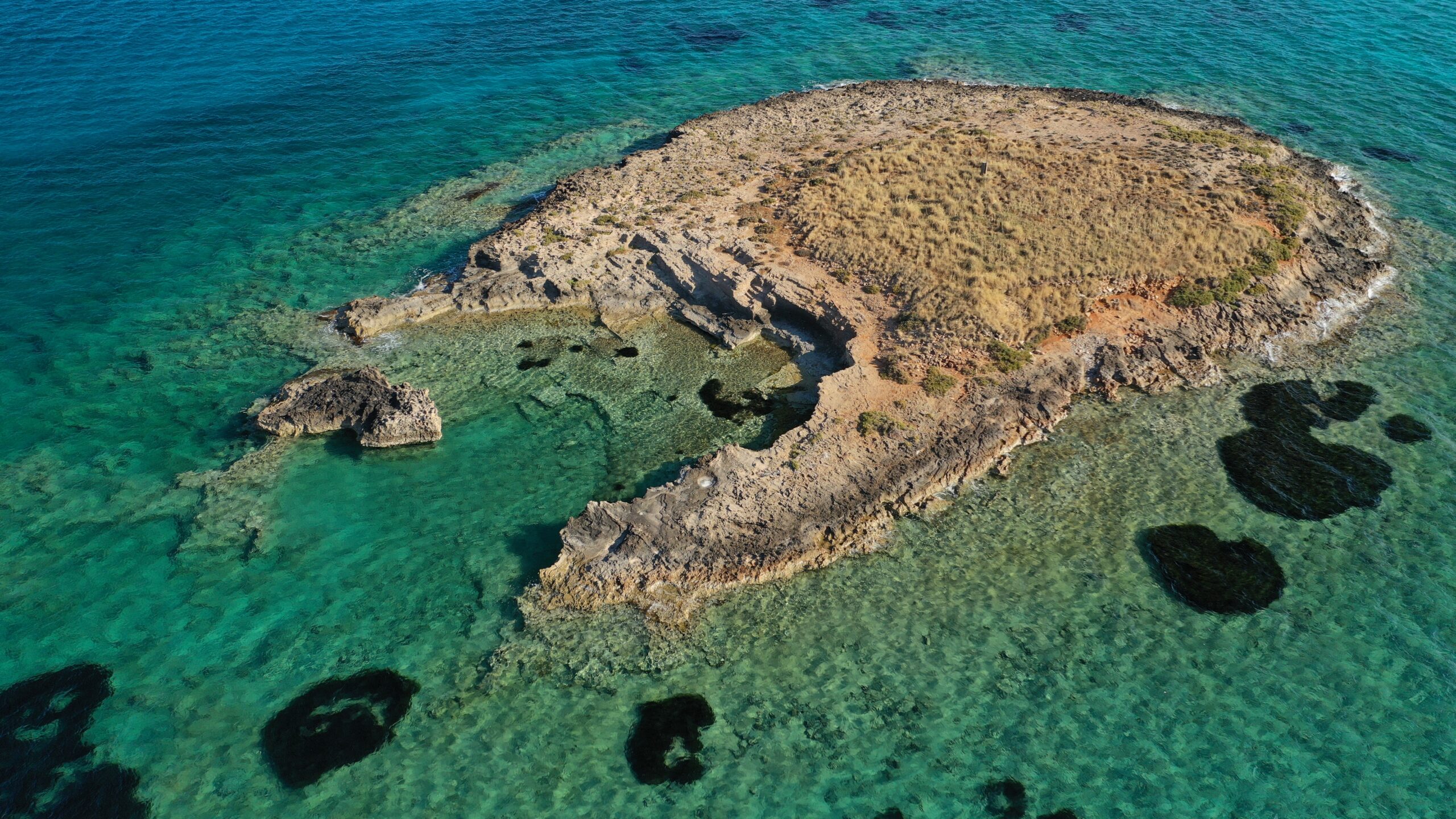Geological formations are some of the most fascinating features on Earth, shaped over millions of years by natural processes like volcanic activity, erosion, and tectonic movements. These formations can vary greatly, from towering rock formations to intricate cave systems, each telling a unique story of our planet’s history. Some are known for their striking beauty, while others are remarkable for their unusual shapes or how they formed. In this article, we’ll explore 15 of the most unusual and awe-inspiring geological formations from around the globe, highlighting what makes each one stand out.
The Giant’s Causeway (Northern Ireland)
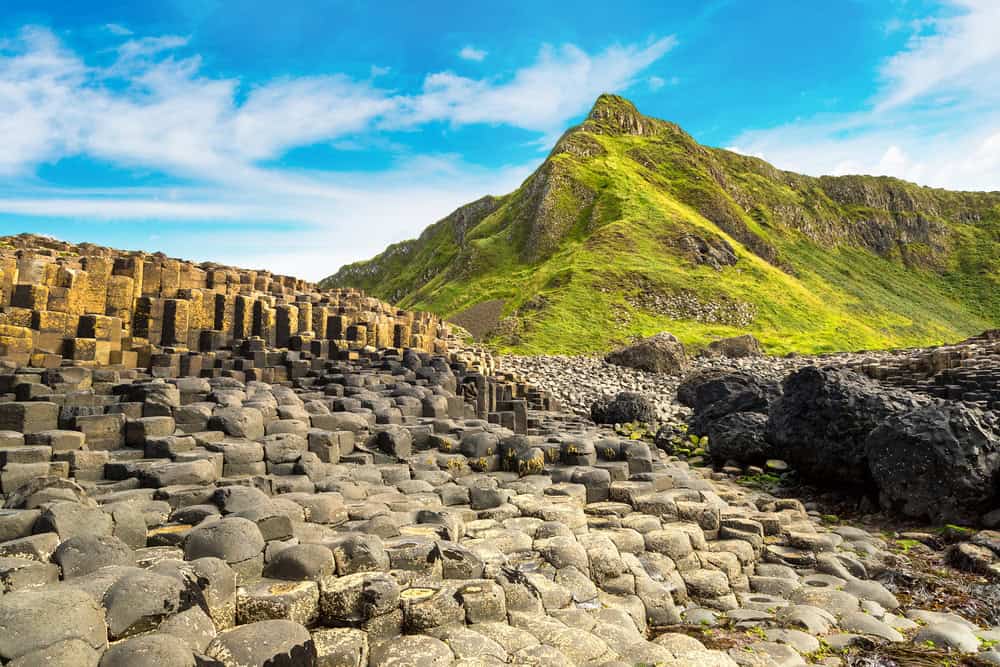
The Giant’s Causeway is a world-famous geological formation made up of about 40,000 interlocking basalt columns, formed by volcanic activity around 60 million years ago. These columns, most of which are hexagonal, stretch across the coastline and provide a dramatic, natural spectacle. The causeway was created when lava cooled and fractured, with the unique shape forming due to the way it solidified. Local legends attribute the causeway to the giant Finn McCool, adding a mythical element to the scientific wonder. The site is a UNESCO World Heritage Site, attracting visitors for both its beauty and its geological significance. The formation extends beneath the sea, with submerged columns visible during low tides. It remains one of the most visited tourist destinations in Northern Ireland.
Mount Roraima (Venezuela, Brazil, Guyana)
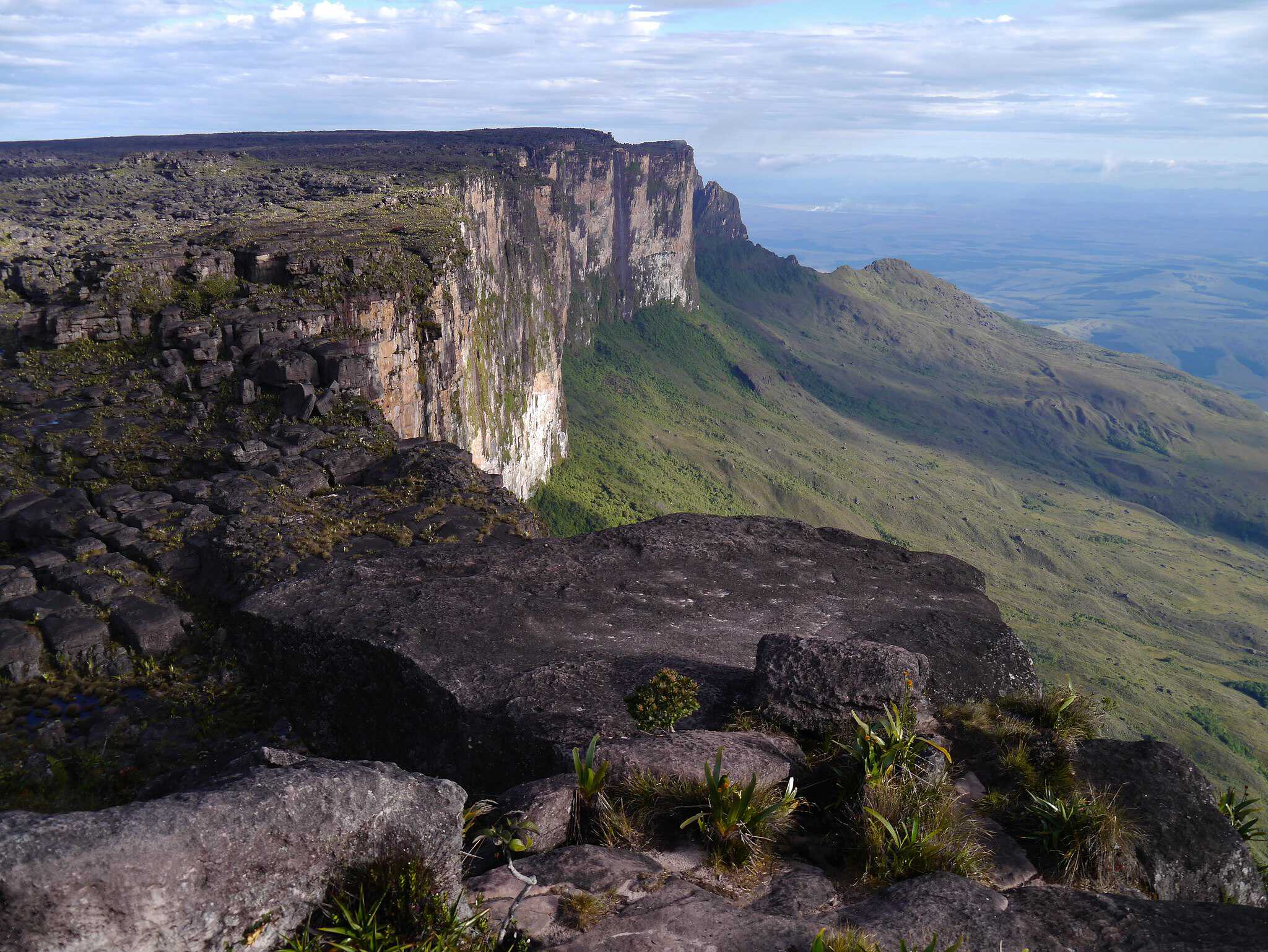
Mount Roraima is a massive, flat-topped mountain in the Tepui region of the Venezuelan Amazon, considered one of the oldest geological formations on Earth. It is a “tepui,” a type of steep, isolated plateau found in the Guiana Highlands. Rising 2,810 meters above sea level, its sheer cliffs make it an awe-inspiring sight. The summit is covered in unique plant species, some of which are found nowhere else on Earth, leading scientists to call it a living laboratory. The mountain has a long history of exploration, with the first recorded ascent in 1884. Its isolated ecosystem and almost alien landscape have inspired many myths and stories in the indigenous cultures of the region. Mount Roraima is a popular destination for adventurous trekkers seeking to explore its mysterious, pristine environment.
The Wave (Arizona, USA)
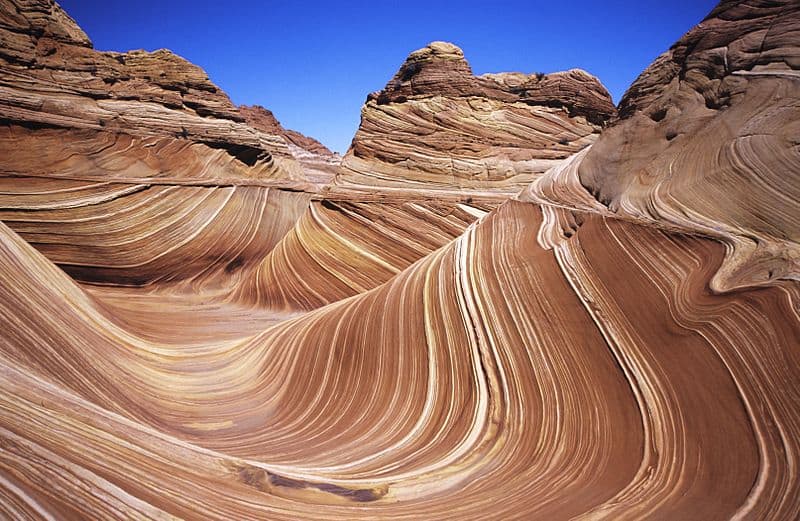
The Wave, located in the Paria Canyon-Vermilion Cliffs Wilderness Area, is a stunning sandstone rock formation famous for its undulating, wave-like patterns. These patterns were formed by the erosion of Navajo Sandstone over millions of years, creating a mesmerizing landscape of ridges and curves. The natural coloration of the rock varies from deep reds and oranges to pale yellows and whites, giving the formation an almost surreal appearance. Visitors can only reach The Wave by hiking through the desert, with a limited number of permits issued each day to protect the fragile landscape. The formation’s unique structure is the result of both wind and water erosion, as well as the folding and tilting of the sandstone layers. It’s a photographer’s dream, especially during the golden hours of sunrise and sunset. Despite its beauty, the terrain is challenging and requires careful navigation to avoid getting lost in the desert.
Cave of the Crystals (Mexico)
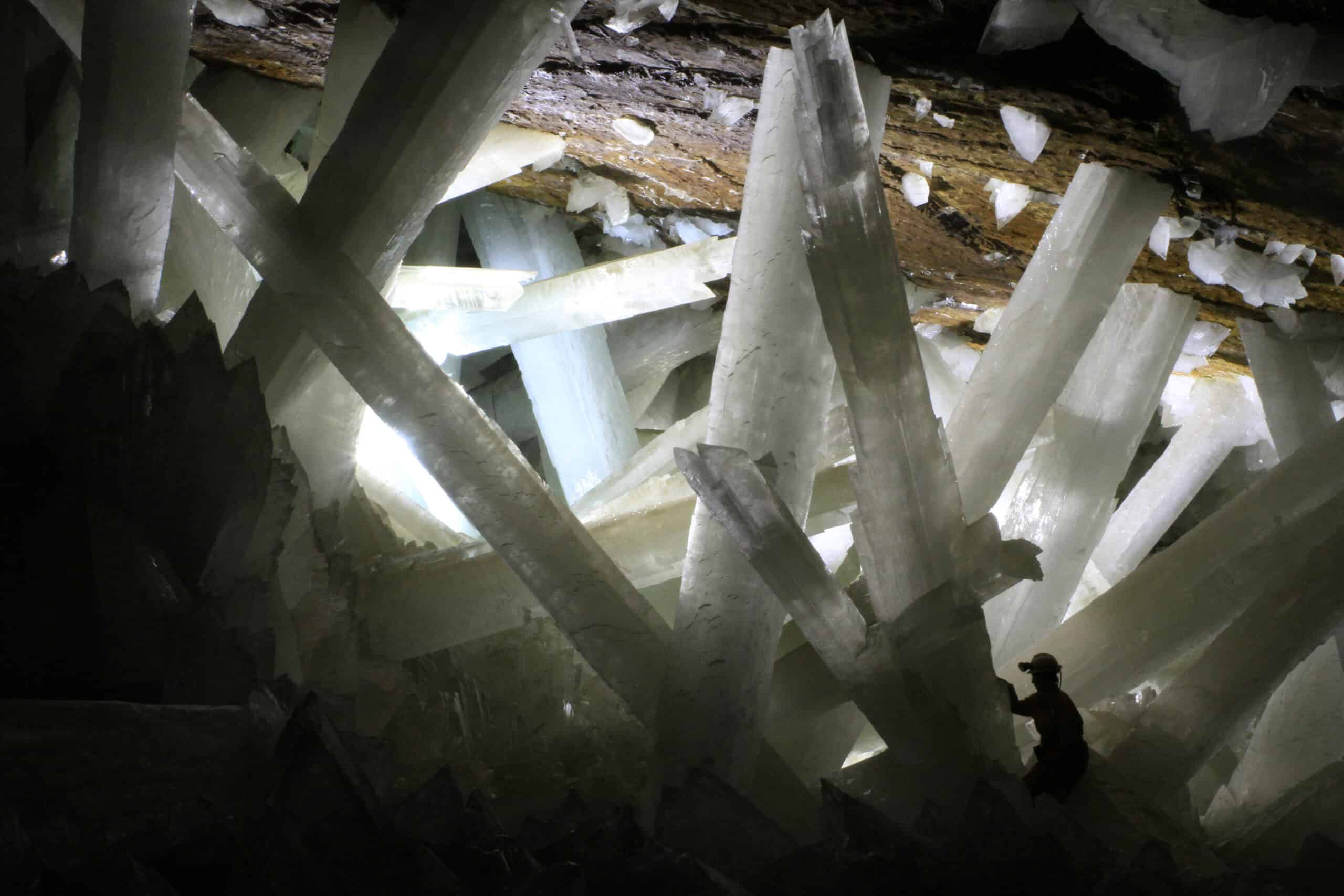
The Cave of the Crystals, or “Cueva de los Cristales,” is located beneath Naica Mountain in Chihuahua, Mexico, and contains some of the largest crystals ever discovered. These gypsum crystals, some reaching up to 36 feet in length, are the result of hydrothermal activity and the unique conditions of the cave. The cave’s temperature remains around 58°C (136°F), and the high humidity creates an environment where the crystals continue to grow. The discovery of the cave in 2000 opened a new chapter in the study of crystallography and geology. The crystals’ sheer size and the cave’s extreme heat make it nearly impossible for humans to spend more than a short period inside. Its beauty and otherworldly appearance have made it a subject of fascination, though it remains largely inaccessible to the public. The cave offers insight into how crystals form in such extreme conditions.
Antelope Canyon (Arizona, USA)
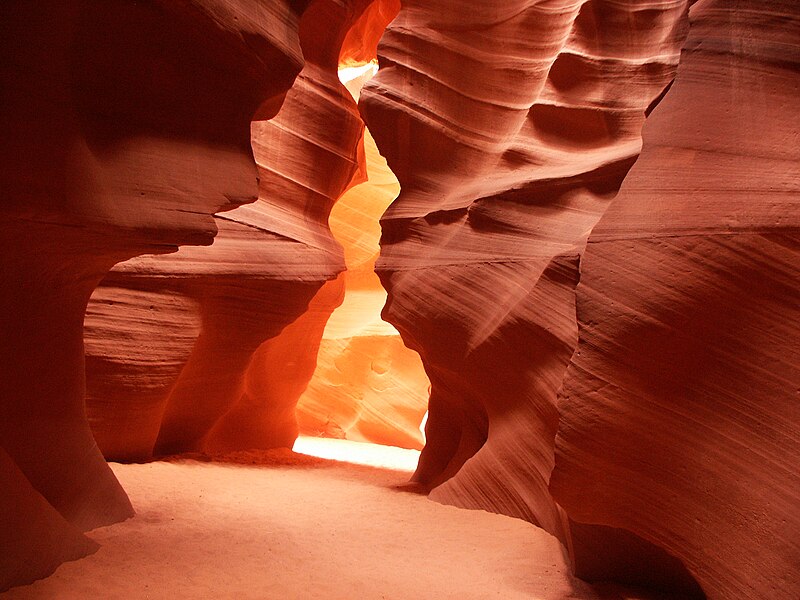
Antelope Canyon is a narrow, twisting slot canyon located on Navajo land near Page, Arizona, famous for its stunning light beams and vibrant, reddish-orange colors. The canyon’s unique shape was carved by flash flooding and erosion over thousands of years, creating smooth, flowing curves in the rock. The walls of the canyon undulate like liquid, with some areas only wide enough for one person to pass through at a time. Sunlight streaming through the narrow openings above illuminates the canyon’s curves, creating surreal and shifting light patterns, which are especially striking at midday. The canyon is split into two sections: Upper Antelope Canyon, known for its light beams, and Lower Antelope Canyon, which is deeper and less visited. Due to its delicate nature, access to the canyon is regulated, and tours are required to explore. The combination of natural beauty and the play of light makes it a popular subject for photographers.
The Badlands (South Dakota, USA)
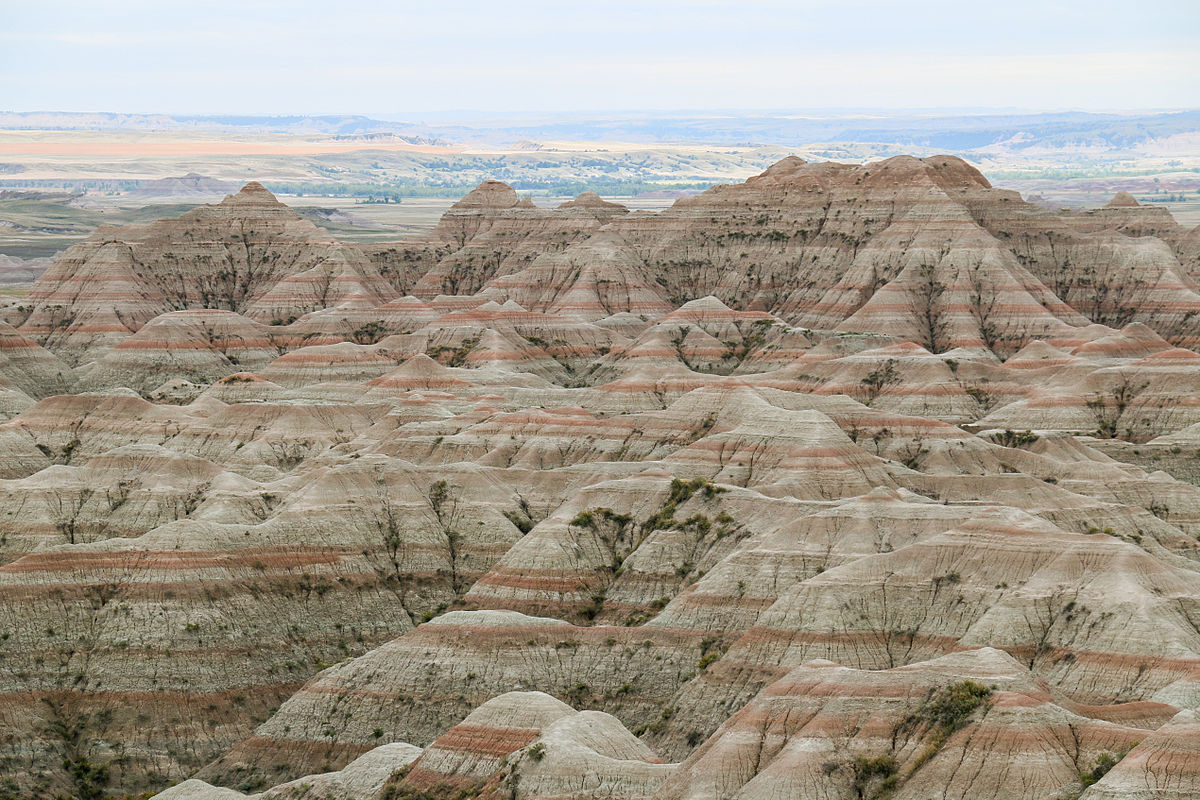
The Badlands in South Dakota is a vast, rugged landscape known for its striking pinnacles, spires, and deep gorges. Formed by millions of years of erosion, this unique terrain is a mix of sedimentary rock, clay, and volcanic ash that gives it its dramatic appearance. The formations range in color from soft pastels to vibrant reds, oranges, and browns, with layers of rock stacked in a jagged, uneven pattern. The Badlands also serve as an important paleontological site, with fossils of ancient mammals and other creatures often being unearthed. Despite its arid conditions, the area supports a variety of wildlife, including bison, prairie dogs, and bighorn sheep. The region is one of the most photographed natural landscapes in the United States due to its otherworldly beauty. The harsh environment and the area’s isolation add to its mystique, making it a prime spot for adventurers and nature lovers.
Salar de Uyuni (Bolivia)
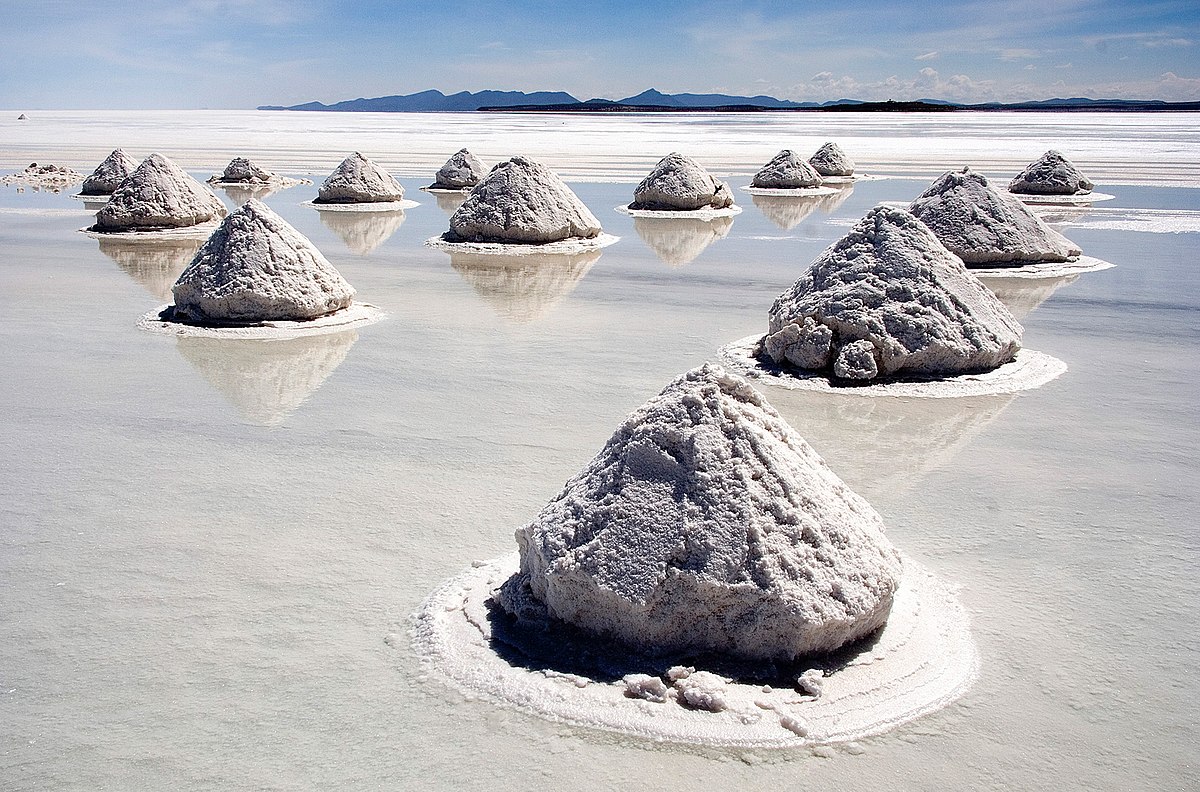
Salar de Uyuni is the world’s largest salt flat, stretching over 10,000 square kilometers in southwestern Bolivia. This vast, reflective surface is the remains of an ancient lake that evaporated long ago, leaving behind a thick crust of salt. The salt crust forms hexagonal patterns across the flat expanse, creating a mesmerizing geometric landscape. During the rainy season, a thin layer of water creates a perfect mirror, reflecting the sky and clouds, offering an otherworldly view. The salt flats are not only a stunning natural wonder but also a source of lithium, a critical component for batteries. The area is also home to a variety of wildlife, including flamingos that gather at the nearby lagoons. Salar de Uyuni remains one of the most surreal places on Earth, attracting travelers from around the globe seeking its unearthly beauty.
Mount Erebus (Antarctica)
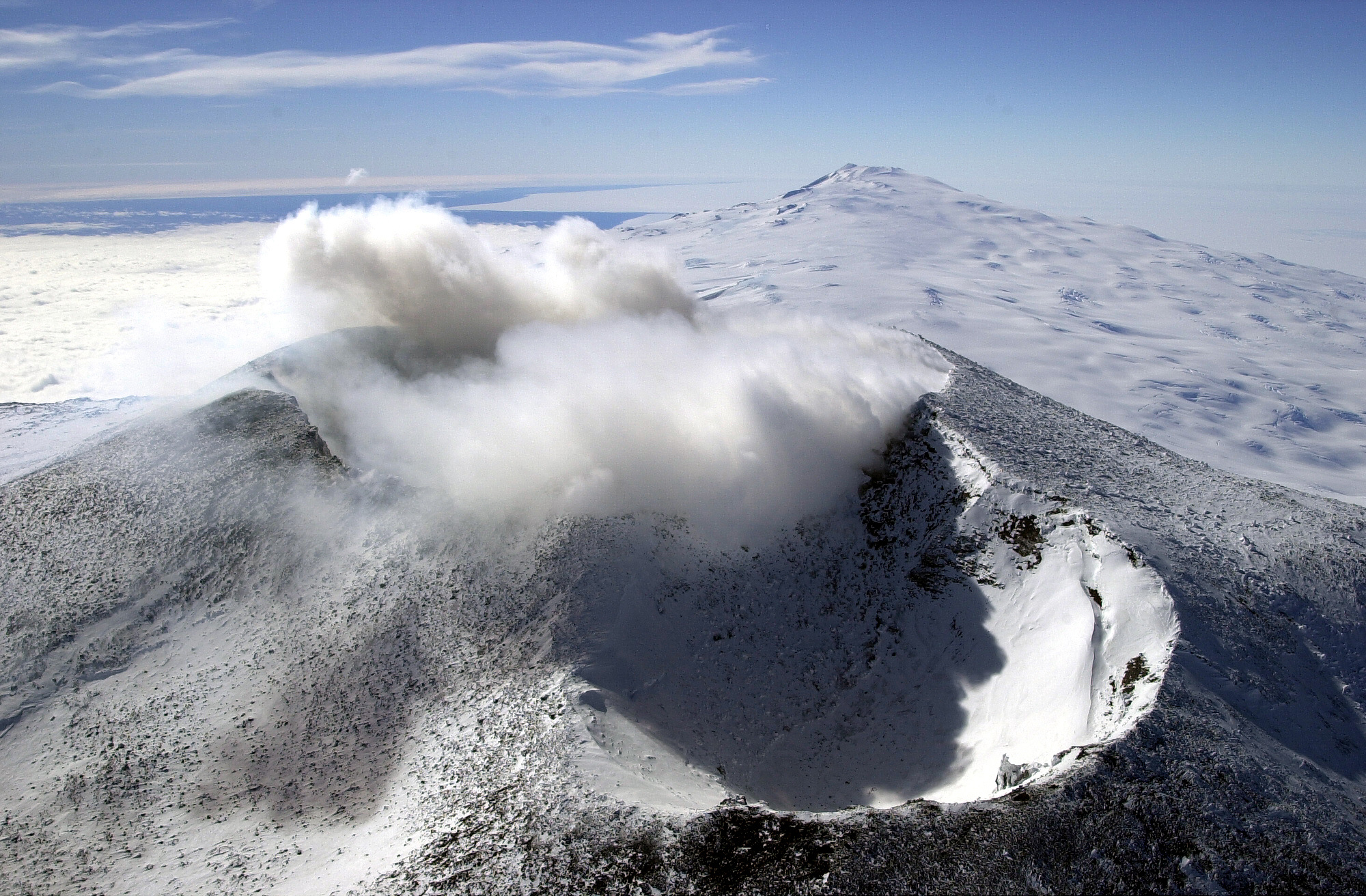
Mount Erebus is an active volcano located on Ross Island, Antarctica, and is one of the southernmost volcanoes on Earth. The volcano is known for its persistent lava lake, which is one of the few active lava lakes in the world. Its eruptions are typically mild, but they are continuous, sending plumes of smoke and gas into the frigid Antarctic air. Mount Erebus is also the site of several scientific research projects, as its unique volcanic activity provides valuable insights into the Earth’s geological processes. The surrounding landscape is harsh and inhospitable, with temperatures often plummeting below freezing. Despite this, the mountain has become a symbol of the rugged beauty and mystery of Antarctica. It is a dangerous, yet captivating, natural phenomenon that stands as a testament to the power of the planet’s geological forces.
Batu Caves (Malaysia)
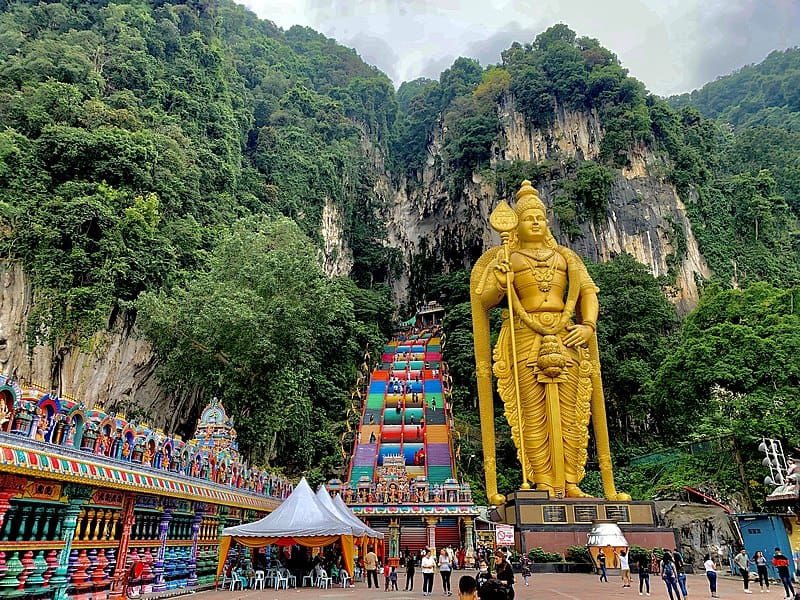
The Batu Caves are a series of limestone caves located just outside Kuala Lumpur, Malaysia. These caves are not only a natural wonder but also a significant cultural and religious site, housing Hindu shrines within their walls. The formation of the caves began millions of years ago, with the dissolution of limestone by rainwater creating large caverns. The caves are accessed by a steep staircase of 272 steps, which is adorned with colorful statues and murals. Inside, the caves are filled with intricate stalactites, stalagmites, and natural formations that have been shaped by centuries of mineral deposits. The largest cave, known as the Temple Cave, is home to a massive statue of the Hindu deity Lord Murugan. Every year, millions of devotees and tourists visit the Batu Caves, making it one of the most iconic attractions in Malaysia.
White Sands (New Mexico, USA)

White Sands National Park is a vast desert landscape in southern New Mexico, renowned for its stunning white gypsum sand dunes. These dunes, which cover approximately 275 square miles, were formed by the evaporation of an ancient lake, leaving behind large deposits of gypsum. The sand appears almost white, giving the desert a surreal and ethereal appearance, especially under the harsh midday sun. The park’s dunes are constantly shifting, sculpted by the wind into dynamic and flowing shapes that change with the seasons. Despite the seemingly barren environment, the park supports a diverse range of plants and animals that have adapted to the harsh conditions. The area is also rich in Native American history, with ancient petroglyphs and archaeological sites scattered throughout. White Sands is an extraordinary natural wonder, a place where beauty and desolation coexist.
The Chocolate Hills (Philippines)
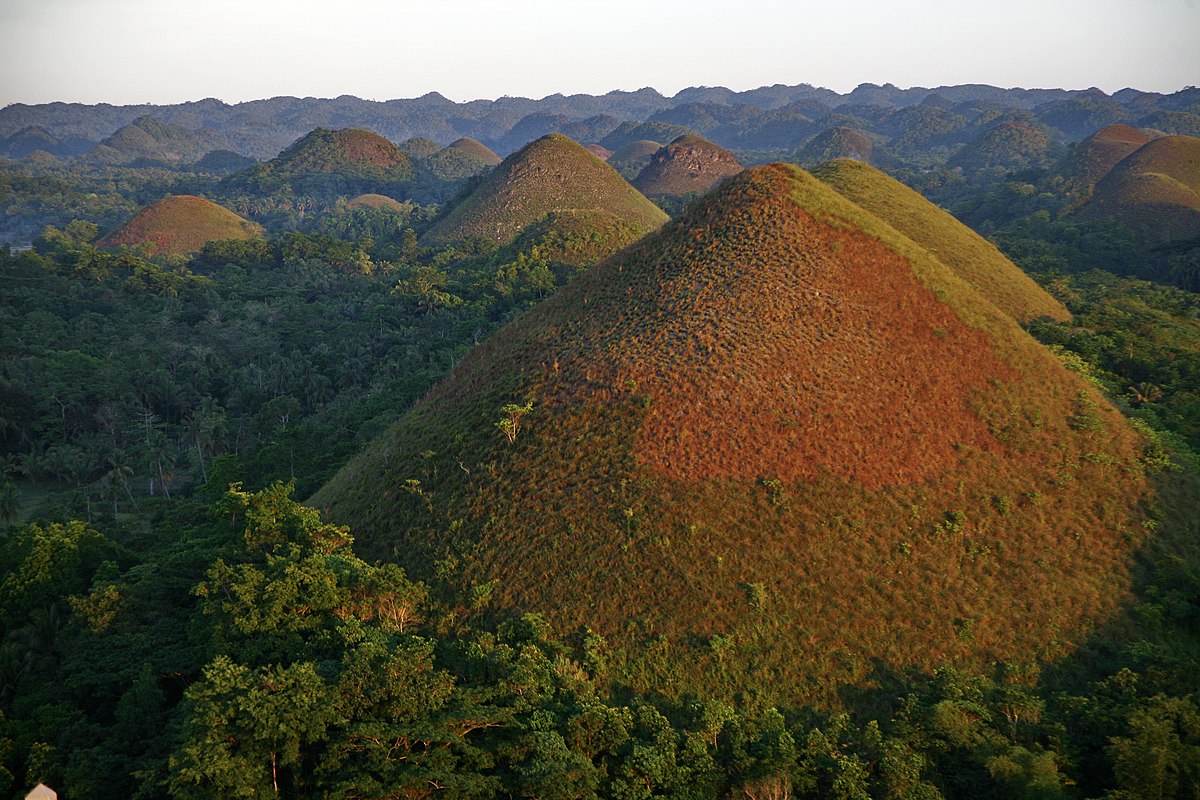
The Chocolate Hills, located in the Bohol province of the Philippines, are an unusual geological formation consisting of more than 1,200 conical hills. These hills, varying in height from 30 to 50 meters, are covered in grass that turns brown during the dry season, giving the landscape its name. The formation is believed to have been created by the uplift of coral deposits and the erosion of limestone. The hills are not volcanic, but rather the result of millions of years of weathering, which shaped the land into its current state. The striking, symmetrical appearance of the hills is one of the Philippines’ most famous natural wonders. Legends abound about the origin of the hills, with one popular tale involving a giant who created them during a battle. The Chocolate Hills have been recognized as a geological monument and are a popular tourist attraction.
Bandelier National Monument (USA)
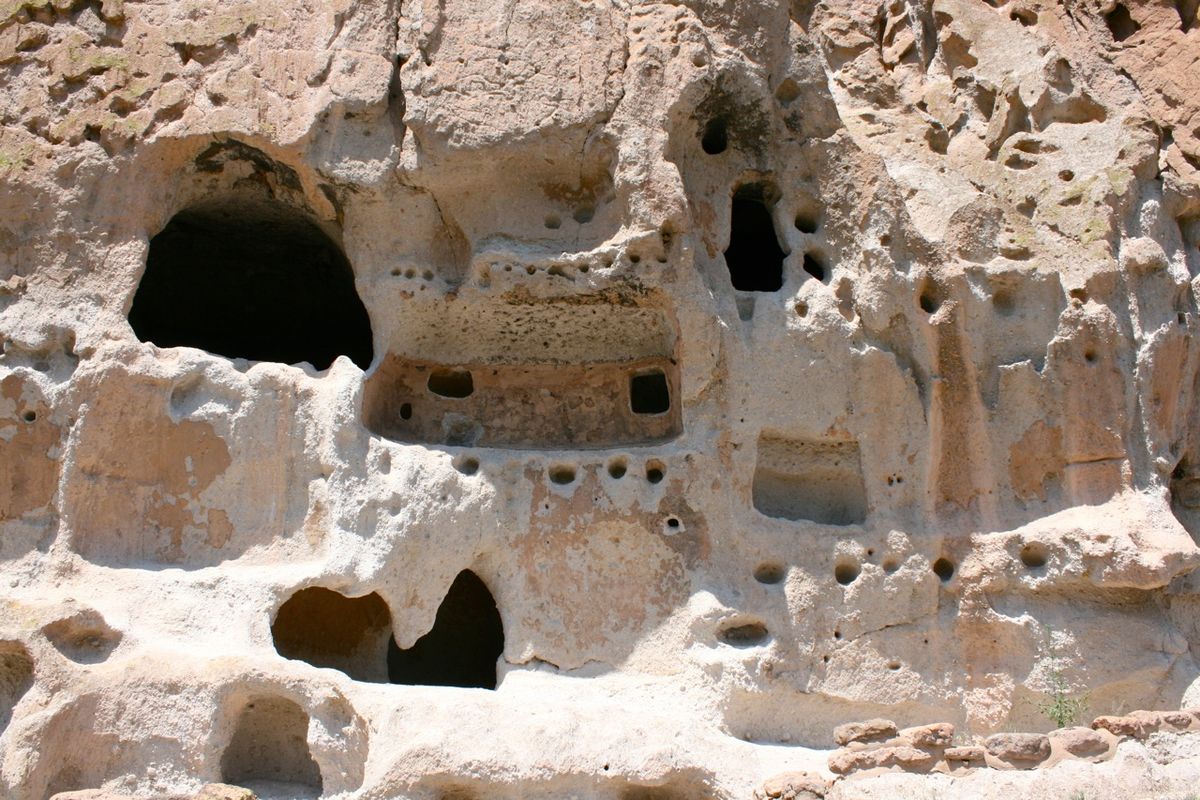
Bandelier National Monument, located in New Mexico, is known for its unique combination of natural beauty and ancient human history. The park’s striking cliff dwellings were carved into volcanic tuff, a soft rock formed from volcanic ash. Over time, the erosional forces of wind and water sculpted the tuff, creating a labyrinth of caves and alcoves. Ancient Ancestral Puebloans lived in these dwellings around 1,000 years ago, and evidence of their presence can still be seen in the form of petroglyphs and ruins. The monument also features dramatic mesas and canyons, showcasing the stark contrast between the desert landscape and the rock formations. The park is rich in biodiversity, with desert flora and fauna contrasting against the ancient ruins. Bandelier’s combination of geological and cultural heritage makes it a unique and significant site.
Lake Natron (Tanzania)
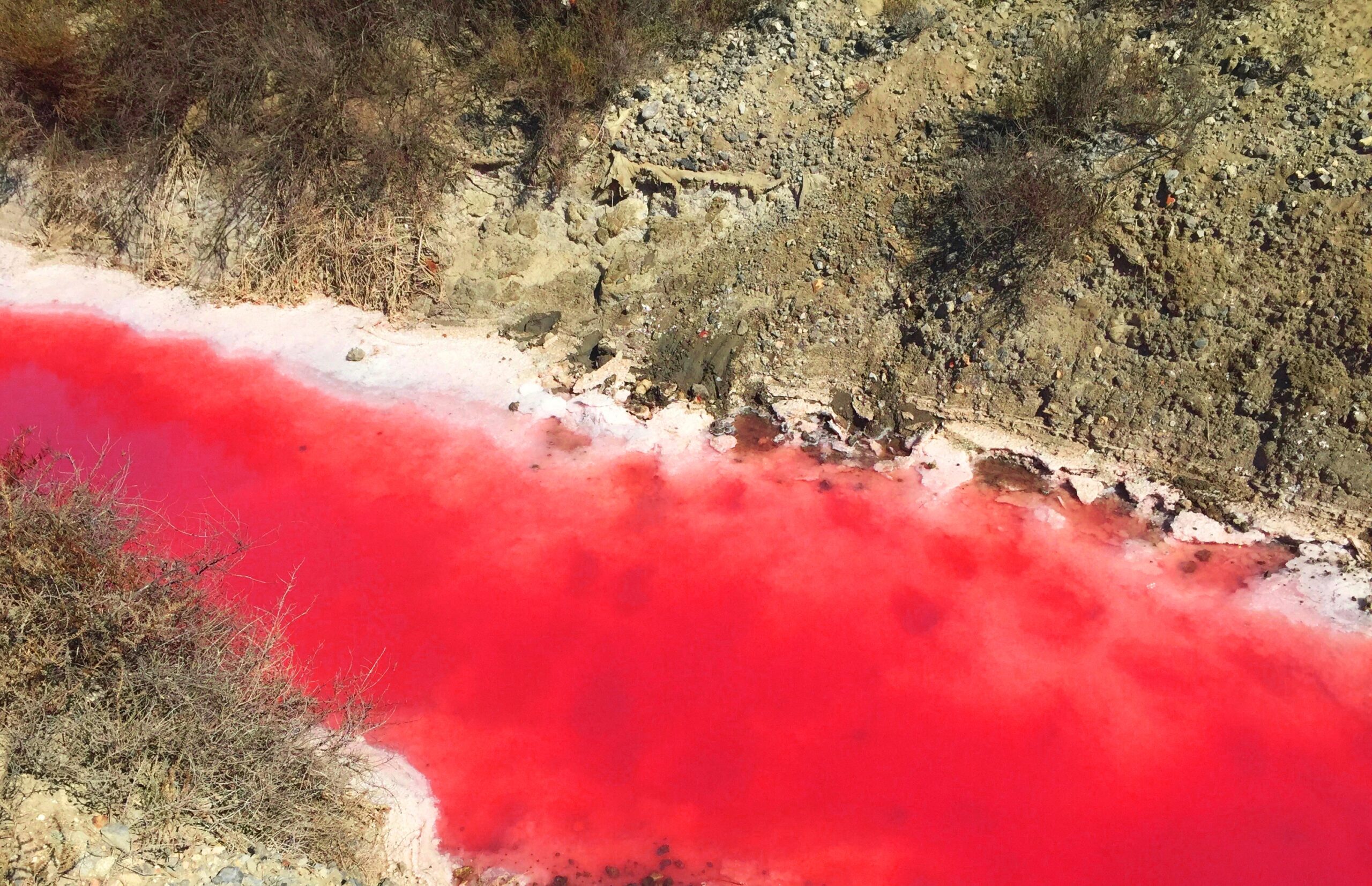
Lake Natron, located in northern Tanzania near the border with Kenya, is a highly alkaline lake with a pH level that can reach as high as 12. The lake’s red and orange hues come from the presence of microorganisms and algae that thrive in the harsh conditions. Despite its inhospitable environment, the lake is home to thousands of flamingos that use it as a breeding ground. The high salt and mineral content of the water can be deadly to most animals, but the flamingos have adapted to these extreme conditions. The surrounding landscape features striking volcanic formations and barren, salt-encrusted shores. At times, the lake’s surface is so still that it creates a mirror-like effect, reflecting the sky and the distant mountains. Lake Natron’s extreme conditions make it one of the most unusual and ecologically unique places on Earth.
The Pinnacles (Australia)
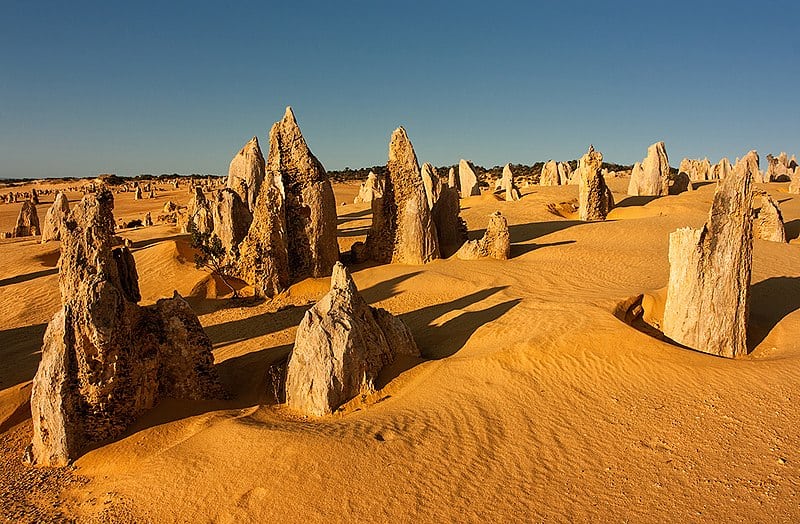
The Pinnacles Desert, located in Western Australia, is known for its thousands of limestone spires, some as tall as 3.5 meters, rising from the golden sand. These formations are the result of the erosion of ancient sand dunes that were once covered by seas. Over time, the seas receded, leaving behind shells and other marine life that contributed to the formation of the limestone. Wind and rain have eroded the rock, creating the jagged, pointed pinnacles that dominate the landscape. The area’s surreal appearance, with the spires standing tall against the backdrop of a clear blue sky, is particularly striking at sunrise and sunset. The Pinnacles are part of Nambung National Park, a protected area that attracts tourists from all over the world. The desert is also home to a variety of wildlife, including kangaroos and emus.
The Door to Hell (Turkmenistan)
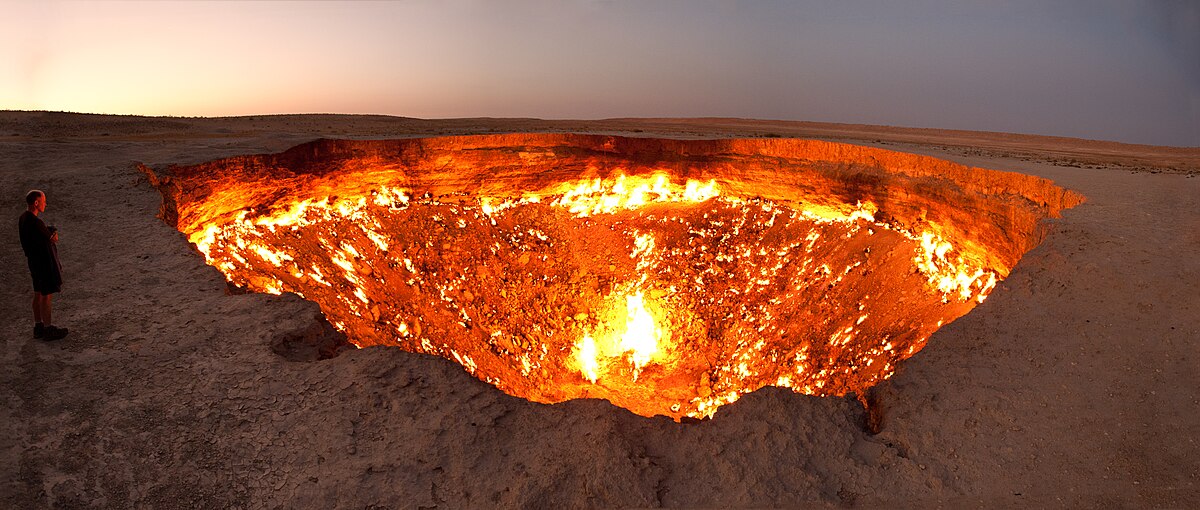
The Door to Hell, located in the Karakum Desert of Turkmenistan, is a massive, fiery crater that has been burning continuously since it was ignited by Soviet scientists in 1971. The crater, which is about 70 meters in diameter and 30 meters deep, was created when a natural gas field collapsed, and the resulting fire was intentionally lit to prevent the spread of methane gas. Over the years, the fire has continued to burn, creating an eerie, glowing spectacle in the otherwise barren desert landscape. The intense heat and the eerie flames make the site a fascinating, albeit dangerous, destination for those daring enough to visit. The Door to Hell is not just a geological oddity; it also serves as a symbol of the human impact on the environment. Despite its name, the site is not a natural geological feature but rather the result of industrial activity. The “door” is a vivid reminder of both the power and unpredictability of the earth beneath our feet.
This article originally appeared on Rarest.org.
More From Rarest.Org
Across the globe, ancient fortresses stand as silent witnesses to the rise and fall of civilizations. These impressive structures, once vibrant with activity, have been forgotten by time due to war, natural disasters, or changing societal needs. Read more.
Scattered across the globe are islands that hold secrets as deep as the waters surrounding them. These mysterious places, often shrouded in myths and unanswered questions, continue to intrigue explorers, historians, and dreamers alike. Read more.
Beneath the surface of our oceans and lakes lie the remnants of ancient cities, long lost to the passage of time. These submerged sites hold fascinating stories of thriving civilizations, natural disasters, and the enduring mysteries of human history. Read more.

